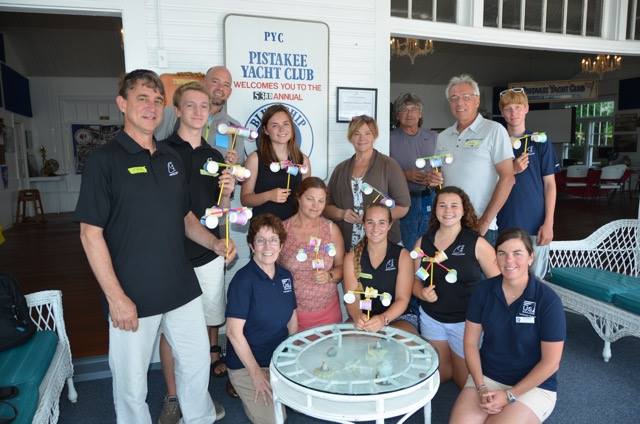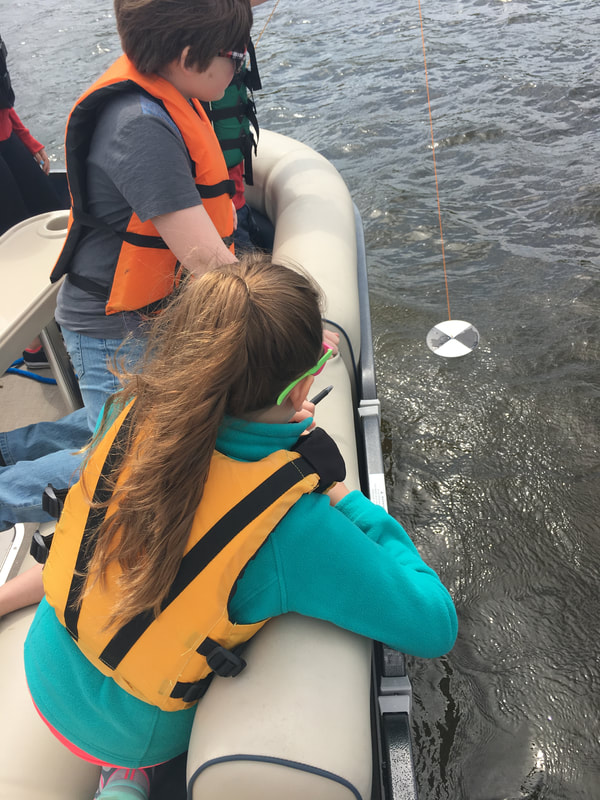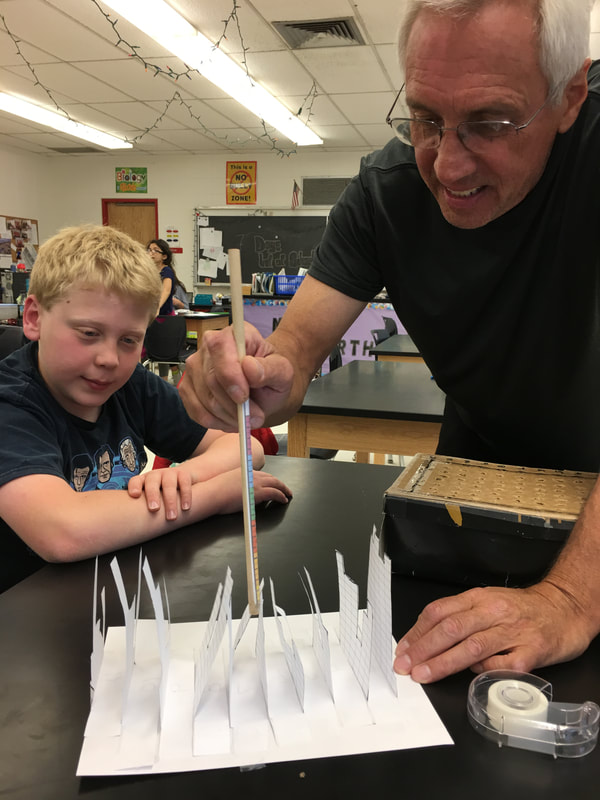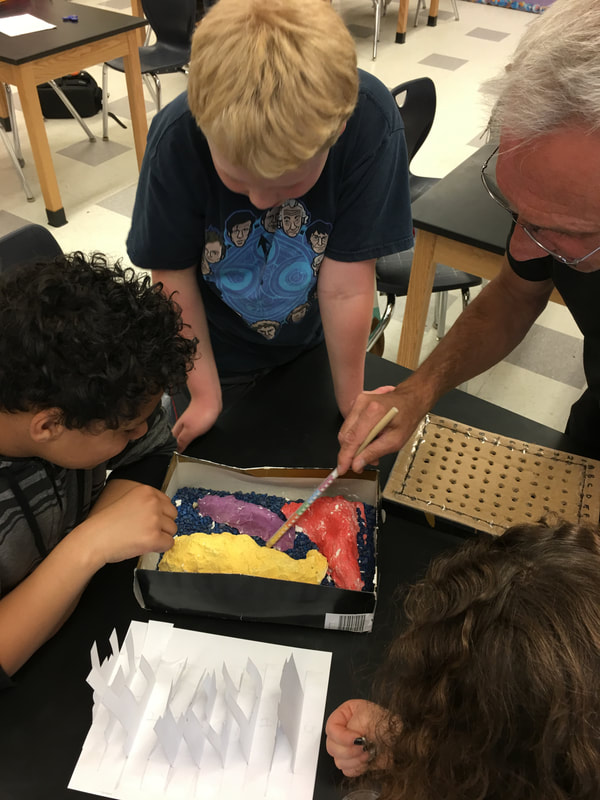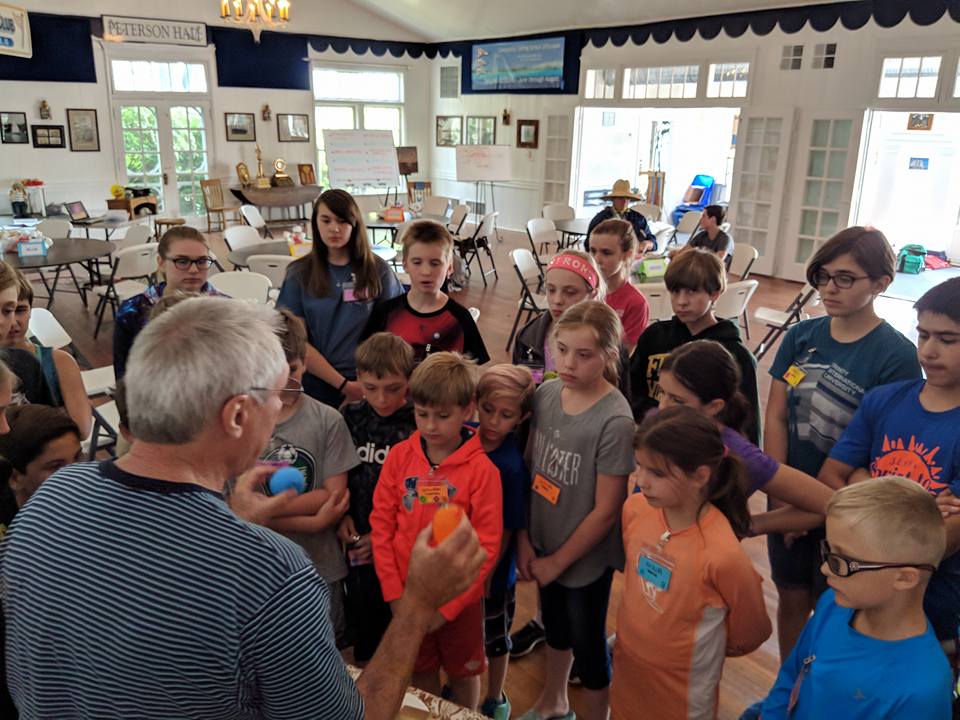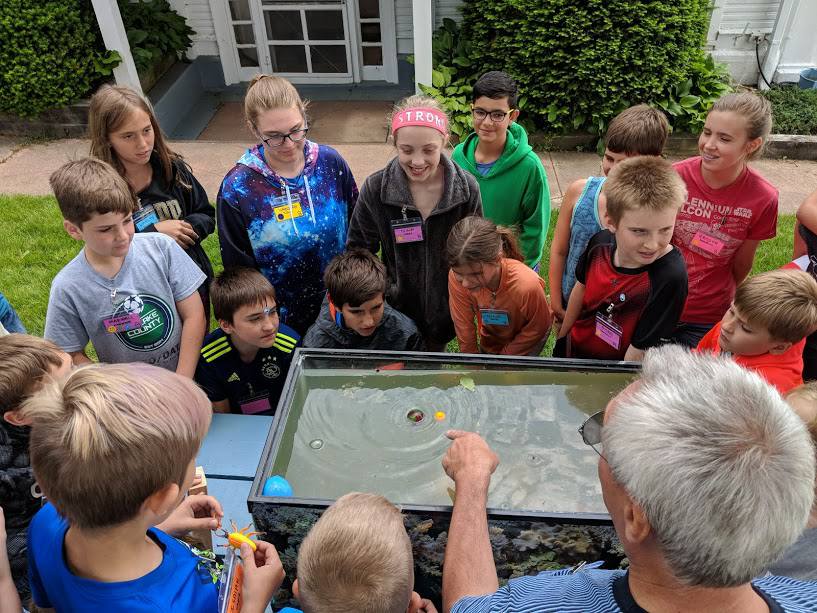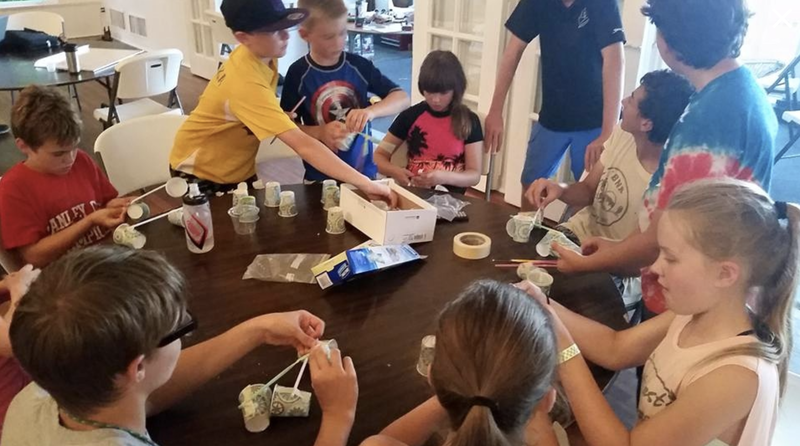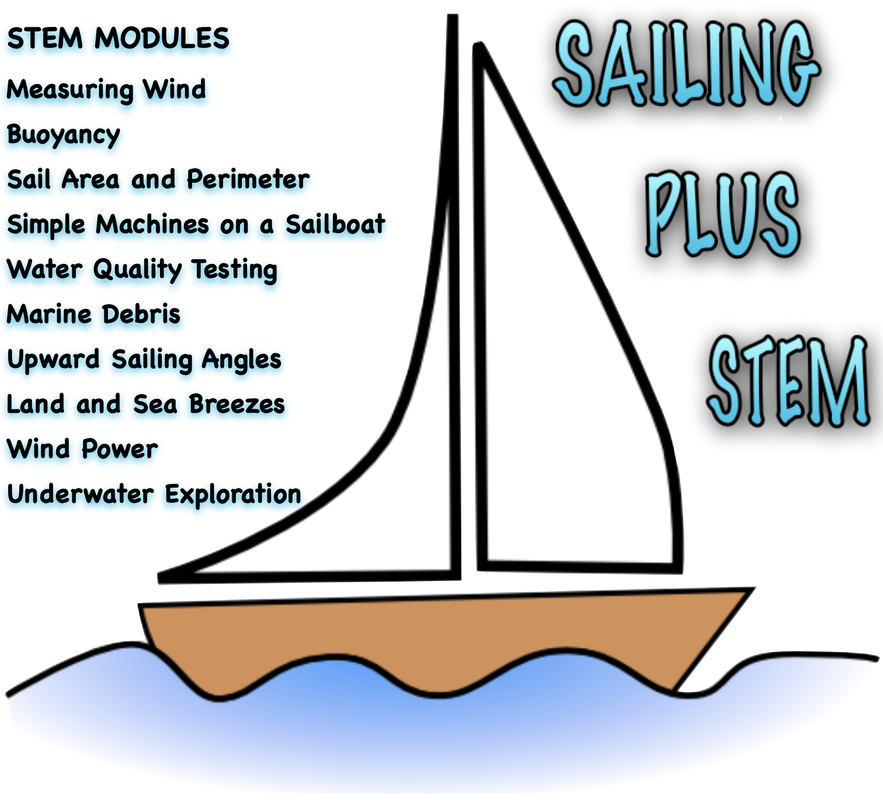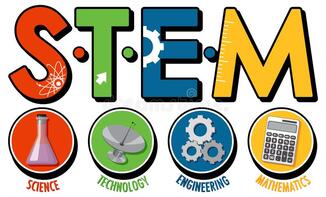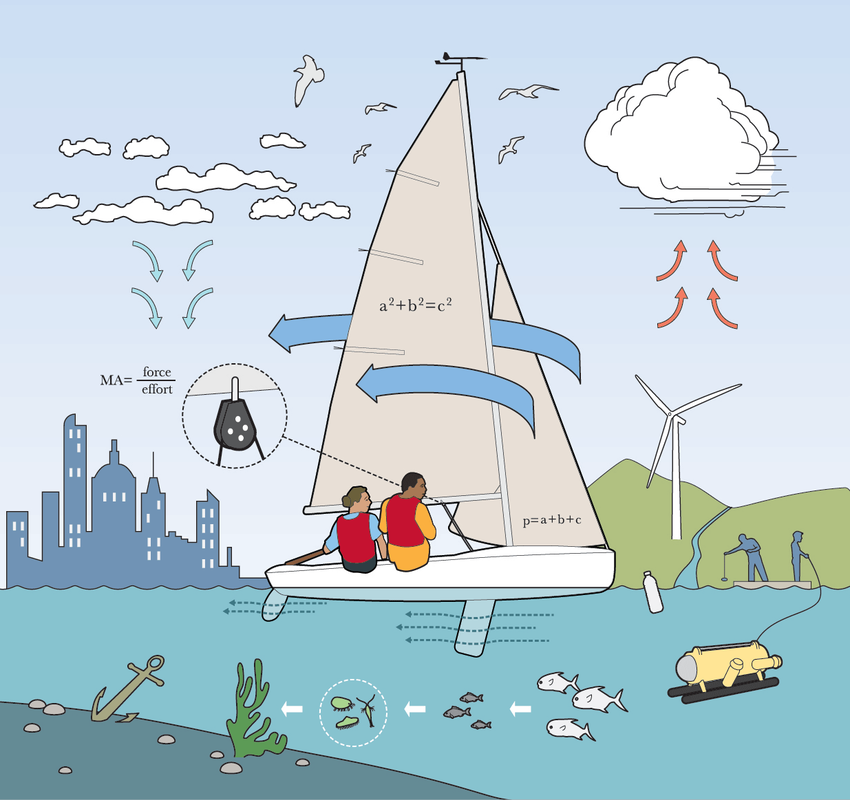WHAT IS STEM?
|
STEM stands for Science, Technology, Engineering and Math. These four disciplines are regarded as being integral in providing students with a solid foundation in their education. The Community Sailing School @ Pistakee strongly supports the inclusion of these core elements in our sailing program.
Our instructors have been trained in STEM. They often include fun and engaging student activities as a part of their classes. Why not sign up for sailing lessons today? CLICK ON THE PICTURES TO ENLARGE THEM
|
The STEM program at our school is based on the US Sailing STEM Education Series. Classroom activities include such things as testing water quality, finding the area and perimeter of the sails, building wind anemometers, exploring simple machines found on a sailboat and much more.
Hands-on activities are a regular part of Sailing Plus STEM. Just when you thought sailing couldn't get any better, we immerse you in some really cool and exciting activities and adventures - on land, in the air and on the water! What a way to spend a summer day! We hope you join us for one or more of our week-long summer sailing camps!
|
WHY STEM - INQUIRING MINDS WANT TO KNOW!
Sailing is an adventure. Sailing can be a challenge. Sailing is a learning experience. On top of all of that, sailing is a wonderful example of how Science, Technology, Engineering and Math nicely converge to provide our students with the ultimate combination of fun, excitement and education all in one. See if you can pick out what is going on in the picture.
SAILING PLUS STEM
When thinking about how and why boats float, words like buoyancy, density and displacement come to mind. When calculating the area and perimeter of a sail, the Pythagorean theorem can come in handy. Understanding how simple machines function to make your sailing life a little bit easier can be an advantage. Figuring out which direction to sail by reading wind conditions and analyzing wind angles will help get you to your destination. Learning to respect Mother Nature will enlighten you as you learn how to prevent and deal with marine debris. These are just some examples of how science, technology, engineering and math can be applied to your sailing adventure. Needless to say, there is so much more to sailing and how STEM is a big part of it.
|
SEE IF YOU CAN MATCH THE QUESTIONS WITH THE CONCEPTS.
How can we use the wind if we can’t see it? How does this boat float? What shape are sails and why? Why do boats have all these ropes and pulleys? What is happening in the water out there? How does marine debris get in our waters and where does it go? How does geometry affect my sailing? Why does the wind change as the day progresses? How is wind used as power? How can we learn more about our sailing environment? |
CONCEPTS
UPWIND SAILING ANGLES SIMPLE MACHINES ON SAILBOATS WIND POWER BUOYANCY LAND AND SEA BREEZES UNDERWATER EXPLORATION SAIL AREA AND PERIMETER MEASURING WIND WATER QUALITY TESTING MARINE DEBRIS |




